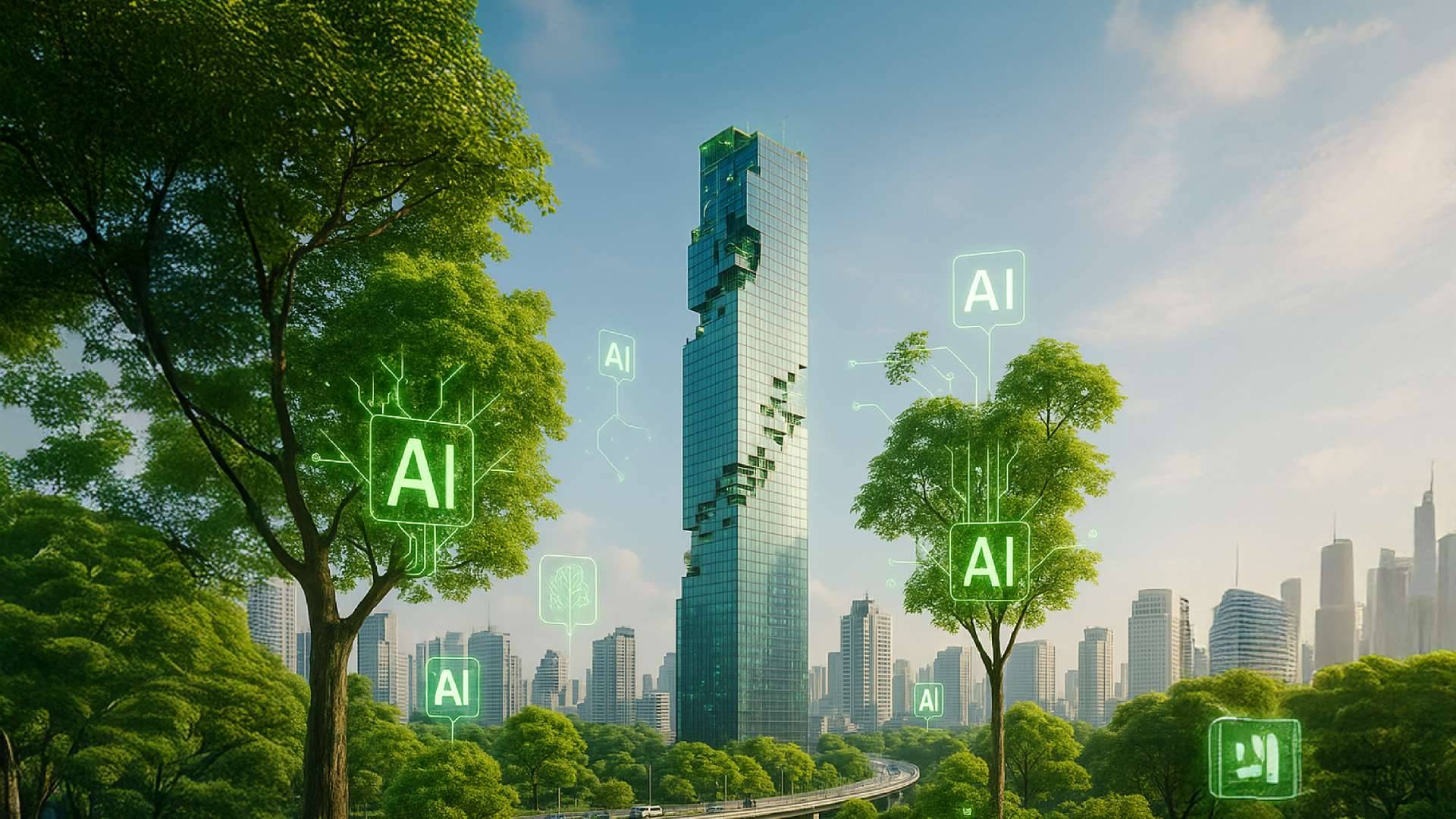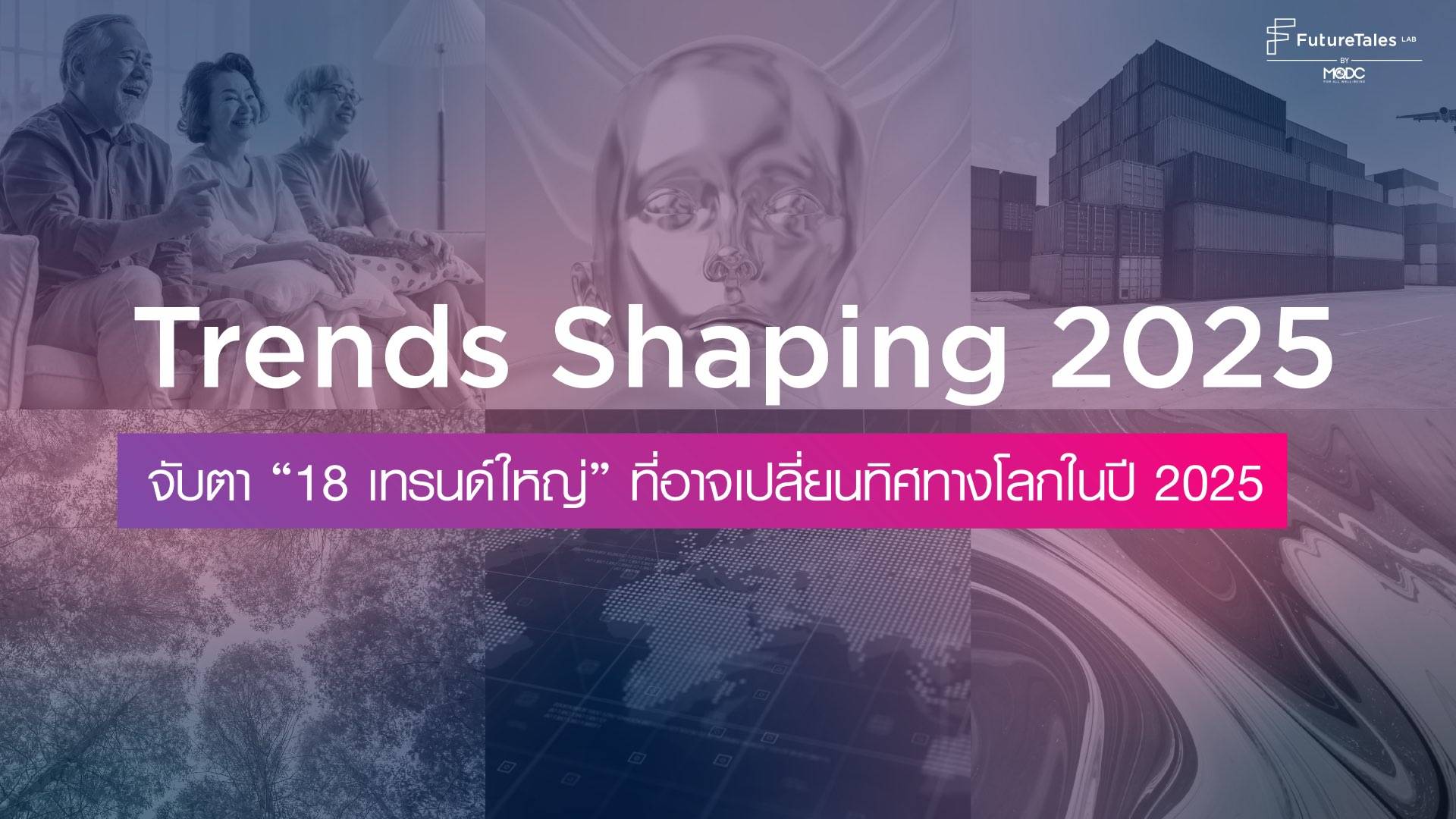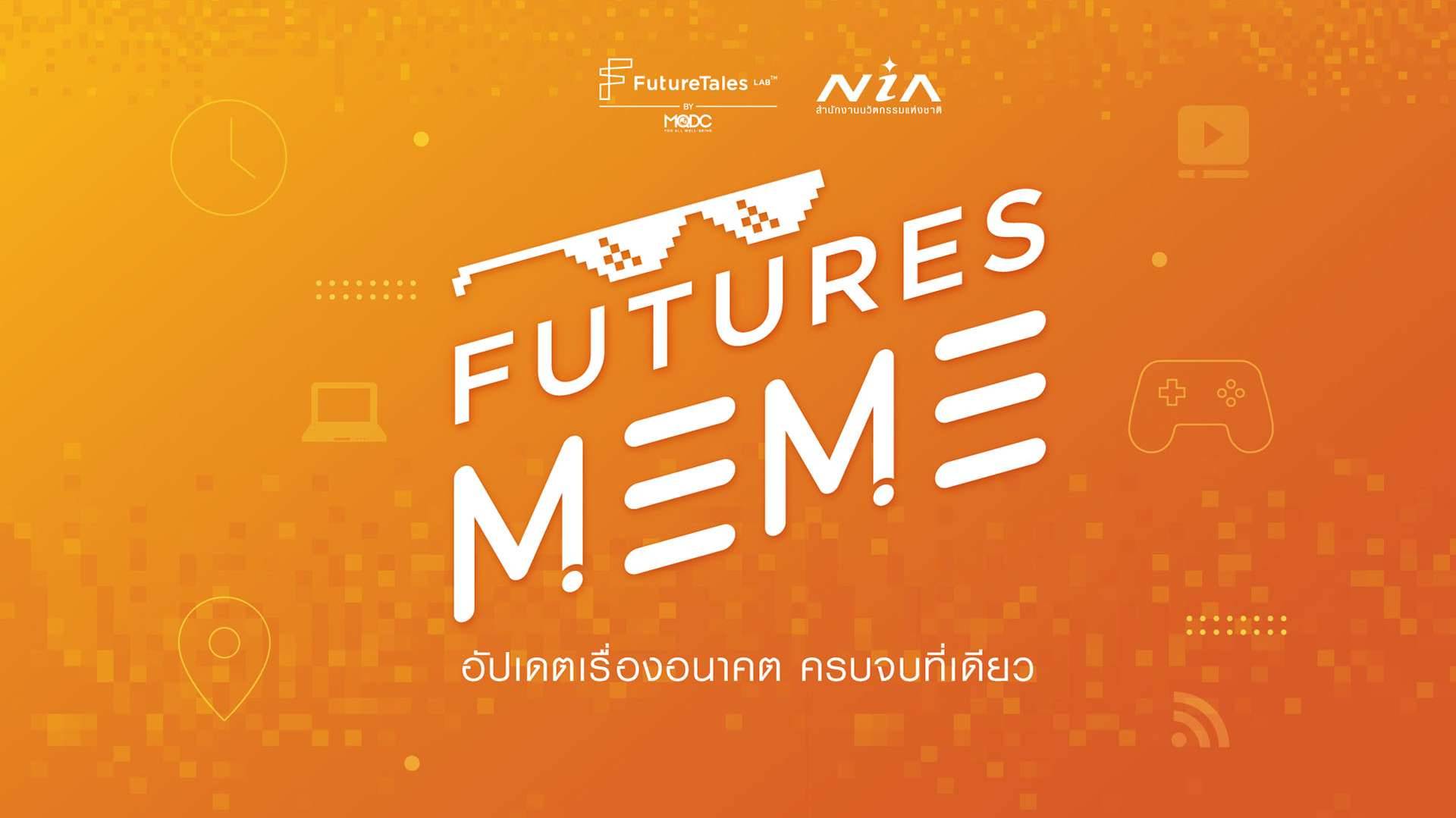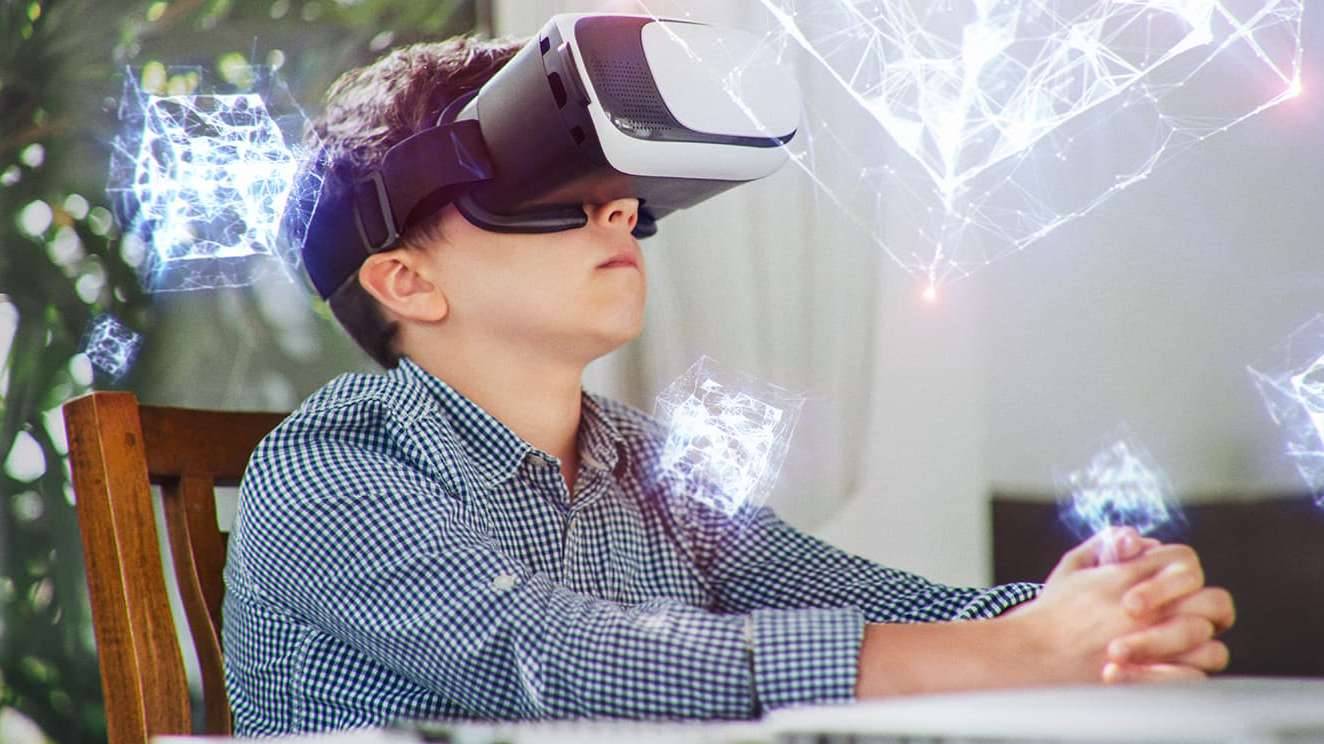
Virtual Education
ARTICLES | Jun 24, 2020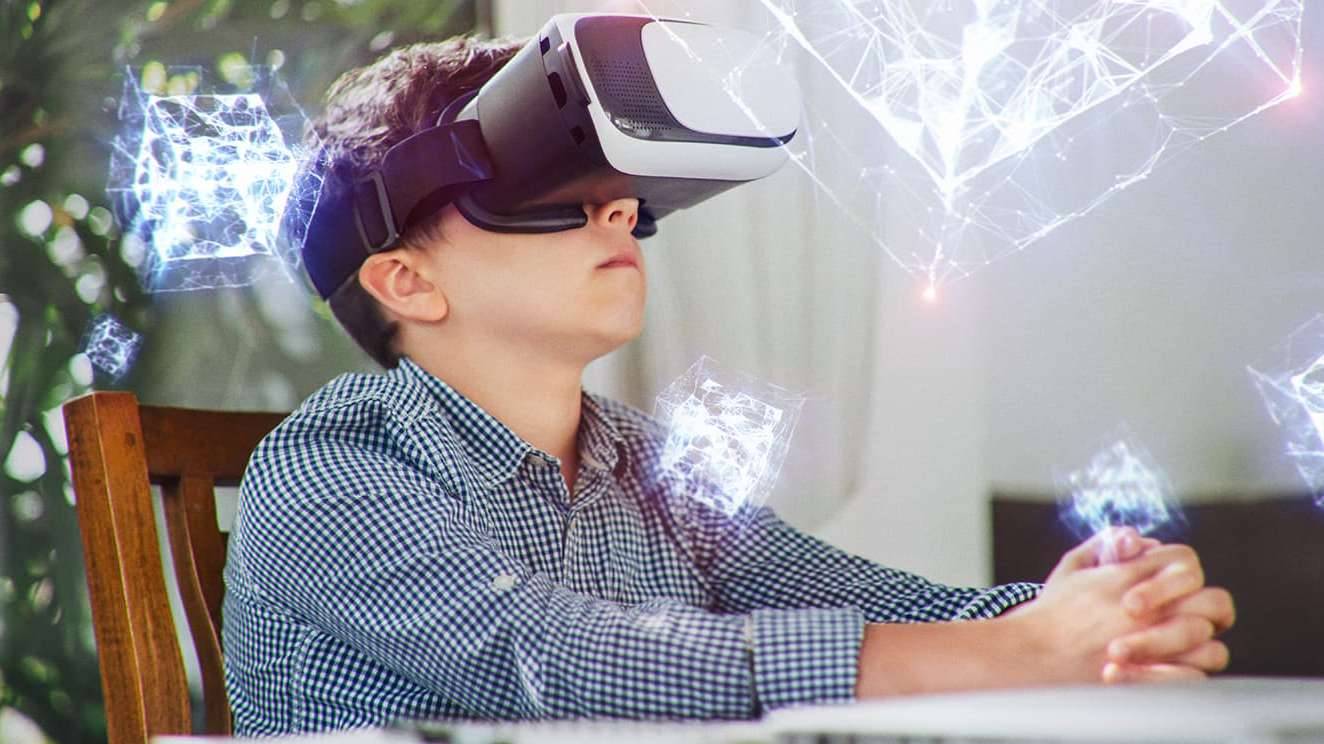
The education technology industry, is expected to reach $252 billion by 2020, growing at a 17% annual rate.
Virtual Reality (VR)
It is becoming more widely used in schools. Students can experience what they read beyond word descriptions and book illustrations. Tricking the body into a new place around the world without ever leaving the classroom or even go back in time to a historical setting such as the land of the dinosaurs
These may used in Science and physical education such as Gwangju City, South Korea that made students experience and understand the astronauts’ feelings.
Augmented Reality (AR)
Using augmented reality in the classroom can turn an ordinary class into an engaging experience. AR technology provides virtual examples and adds gaming elements to support textbook materials. As a result, classes become more interactive. AR helps students better remember the information they’ve just learned.
Future Implications:
Teachers could have new roles in the classroom may find themselves serving simply as facilitating an AI system that is doing all the teaching. Teachers could have more time for the ‘human side’ of teaching (improve the individual experience of each student).


